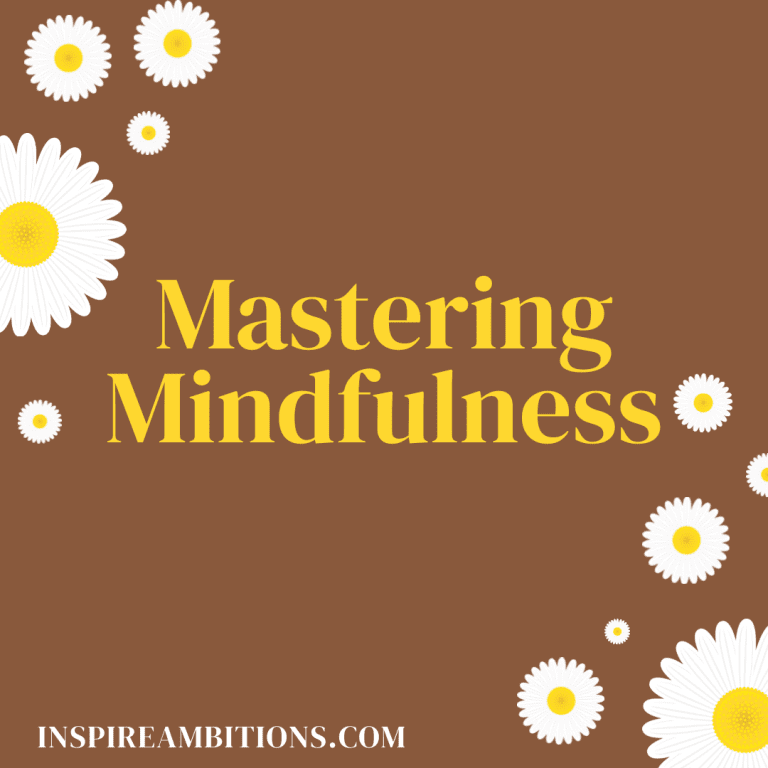How I Started My Blog – Tips for Beginners
When I began my journey, I quickly learned that clarity and focus were essential. Choose a niche that you are passionate about and create content that resonates with your audience. It will not only help you maintain your enthusiasm but also attract readers who share your interests.
To make the process easier, follow these five essential steps:
- Pick a blog name that stands out.
- Get your blog online by registering a domain and setting up hosting.
- Customize your blog with a design that reflects your style.
- Write and publish your first post to share your thoughts with the world.
- Promote your blog across social media to build an audience.
Understanding these steps will make your blogging journey smoother. When you commit to these basics, you’ll set a strong foundation for your blog’s growth. For more details on each step, you can check out this guide on how to start a blog.
How I Started My Blog
lets discuss :
Choosing Your Blog’s Focus
Choosing a blog’s focus is essential. This involves identifying a niche, selecting a compelling blog name and domain, and understanding your audience.
Identifying Your Niche
Find a niche that you are passionate about and has potential for growth. Consider what topics excite you and how they can serve your readers. Check what’s trending within your interest areas to ensure long-term viability.
This could range from travel to tech, food, or personal development. A well-defined niche not only helps you attract a loyal audience but also allows you to establish authority in that field. Keywords relevant to your chosen niche will improve your visibility and search rankings.
Selecting Your Blog Name and Domain
Picking the perfect blog name is crucial. It should be memorable, easy to spell, and reflect your blog’s core focus or speciality. The domain name is equally important as it forms your blog’s online identity.
Consider using a name that includes a primary keyword from your niche. For instance, if your blog is about vegan recipes, a name like “VeganDelights.com” would work well. Ensure that the domain name is available and not too long, ideally under 15 characters.
আপনার শ্রোতা বোঝার
Understanding your audience helps you create content that resonates with them. Identify your target demographic: age, interests, behaviours, and challenges.
Use tools like Google Analytics and social media insights to gather data about your readers. Knowing what your audience values will guide your content strategy and help you build a community around your blog. Engage with your readers through comments and social media to foster a loyal and interactive audience.
By focusing on these aspects, you’ll lay a solid foundation for a successful blog.
For more detailed guidance, you can refer to resources from Hostinger এবং Wix.
Setting Up Your Blog
Setting up your blog involves selecting the right tools and services to bring your vision to life. You’ll need to choose a blogging platform, find reliable web hosting, and design your blog to make it visually appealing.
Choosing a Blogging Platform
Selecting the right blogging platform is crucial. It determines how you’ll manage and publish your content. A self-hosted WordPress blog is highly recommended for its flexibility and extensive plugin library, which includes tools for SEO, social media sharing, and more customization options.
WordPress.org provides a robust CMS that’s perfect for bloggers who want complete control over their site.
For those looking for a more straightforward, less technical entry point, website builders like Wix offer a user-friendly interface and pre-built templates. Wix is ideal for beginners or those who prefer a free blog option. It includes drag-and-drop functionality and integrated hosting, making setup easier.
Finding the Right Web Hosting
Web hosting is where your blog lives on the internet. For a self-hosted WordPress blog, selecting a reliable hosting provider is paramount.
Providers like Bluehost offer specific plans for WordPress users, featuring easy WordPress installation, good uptime, and excellent customer support. When choosing hosting, consider factors like server speed, reliability, scalability, and cost.
Shared hosting is a common choice for new bloggers due to its affordability. However, if you expect high traffic or plan to scale quickly, a VPS বা dedicated server might be more appropriate. These options provide more resources and better performance, albeit at a higher price.
Designing Your Blog
Once your blog is set up, the next step is design. A well-designed blog attracts and retains readers. Start by choosing a WordPress theme that reflects your blog’s personality. There are thousands of free and premium themes available, catering to various niches and styles.
Customize your theme to include your লোগো, colour scheme, fonts, and layout preferences. Adding important elements like a navigation bar, sidebar, and footer helps in organizing your content. Ensure your design is responsive, meaning it adjusts well to different screen sizes, which is essential for mobile users.
Incorporate essential features like an SEO plugin for optimization, a contact form for reader interaction, and spam protection to keep your blog secure. Focus on clean, intuitive navigation and readability to provide the best user experience.
For more details on setting up your blog, check out this comprehensive guide.






